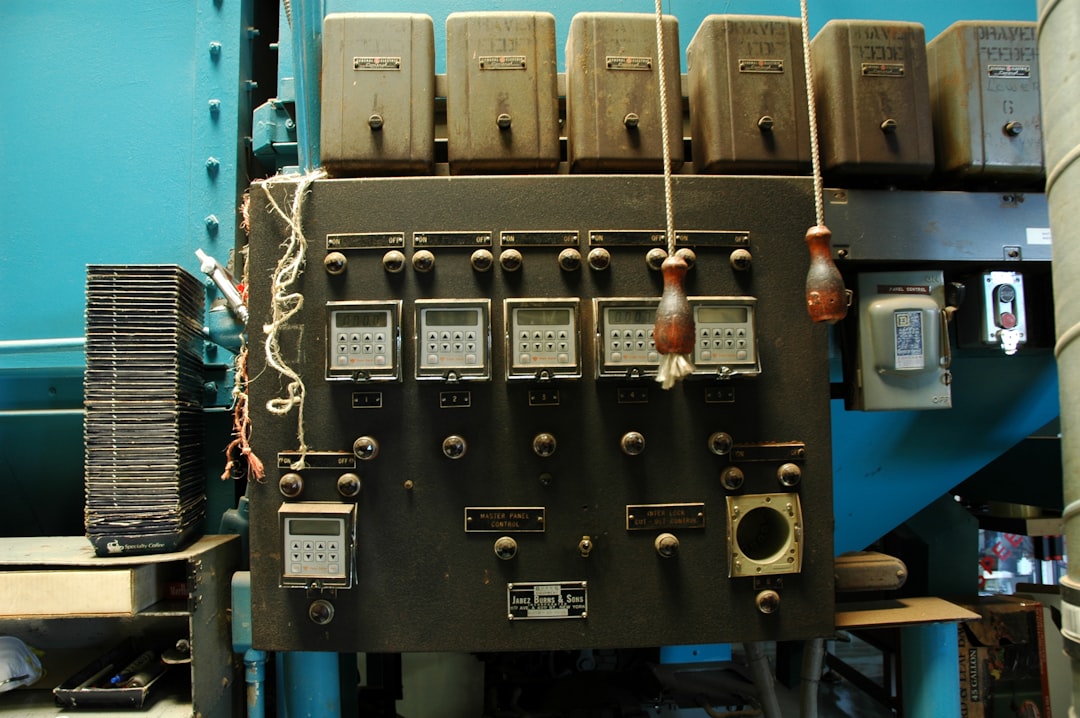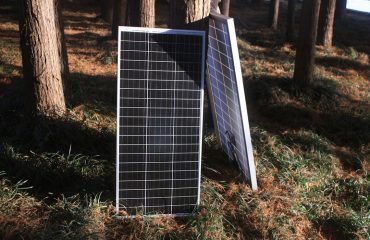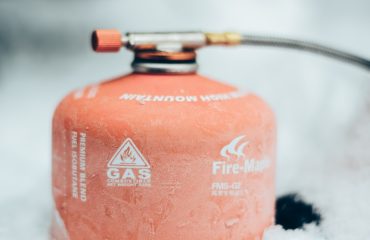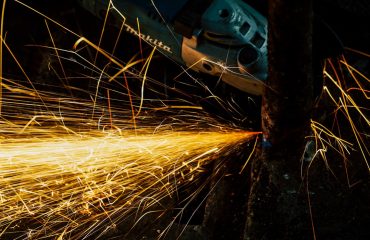Heat treatment is a crucial process in materials science and engineering, significantly impacting the mechanical properties of metals and alloys. By carefully controlling temperature and time, we can manipulate the microstructure, leading to dramatic changes in strength, ductility, and other critical characteristics. This post delves into the fascinating relationship between heat treatment and the resulting mechanical properties.
1. Understanding the Microstructural Changes During Heat Treatment
The foundation of understanding altered mechanical properties lies in comprehending the microstructural changes induced by heat treatment. Heating a metal allows atoms to migrate and rearrange, leading to the formation or dissolution of different phases. For instance, in steel, heating above the critical temperature (austenitizing) transforms the ferrite and cementite phases into austenite, a face-centered cubic structure. Subsequent cooling processes, like quenching or slow cooling, determine the final microstructure and, consequently, the mechanical properties. Quenching rapidly cools the austenite, trapping carbon atoms, leading to the formation of martensite, a hard and brittle structure. Slow cooling allows the formation of pearlite, a more ductile structure. The specific transformation depends on the alloy composition, heating temperature, and cooling rate.
2. The Impact of Heat Treatment on Hardness
Hardness, a measure of a material’s resistance to indentation, is significantly influenced by heat treatment. Martensite, formed by rapid quenching, exhibits exceptionally high hardness due to its highly distorted crystal structure. This makes it ideal for applications requiring high wear resistance, such as cutting tools and dies. On the other hand, annealing, a heat treatment involving slow cooling from a high temperature, reduces hardness by allowing the formation of softer, more equilibrium phases like ferrite and pearlite. Tempering, a heat treatment applied after quenching, reduces the brittleness of martensite while retaining a significant portion of its hardness. The degree of hardness achieved is directly related to the specific heat treatment cycle employed.
3. Tensile Strength and Ductility: A Balancing Act
Tensile strength, the maximum stress a material can withstand before fracturing under tensile load, and ductility, the ability of a material to deform plastically before fracture, are inversely related. Heat treatment allows for manipulation of this balance. Quenching and tempering processes can significantly increase tensile strength by refining the grain size and introducing hard phases like martensite. However, this often comes at the cost of reduced ductility, making the material more brittle. Annealing, on the other hand, improves ductility by relieving internal stresses and promoting the formation of softer phases, but at the expense of lower tensile strength. The optimal balance between tensile strength and ductility depends on the specific application requirements.
4. Toughness and Impact Resistance: The Role of Heat Treatment
Toughness, the ability of a material to absorb energy before fracture, is crucial for components subjected to impact loading. It’s a complex property dependent on both strength and ductility. While quenching increases strength, it often reduces toughness. Tempering, following quenching, mitigates this brittleness, increasing toughness by reducing internal stresses and refining the microstructure. The selection of an appropriate heat treatment cycle is critical for applications where impact resistance is paramount, such as in automotive parts or structural components.
5. Fatigue Resistance and Heat Treatment Optimization
Fatigue, the progressive and localized structural damage that occurs when a material is subjected to cyclic loading, is a major concern in many engineering applications. Heat treatment can play a significant role in enhancing fatigue resistance. Processes that refine the grain size and reduce internal stresses, like proper annealing and tempering, generally improve fatigue life. However, the optimal heat treatment for fatigue resistance depends on several factors including the alloy composition, loading conditions, and the desired balance between strength and ductility. Careful consideration of these factors is crucial for designing components with long fatigue life.
In conclusion, heat treatment is a powerful tool for tailoring the mechanical properties of materials to meet specific application requirements. Understanding the complex interplay between heat treatment cycles and the resulting microstructural changes is essential for selecting the appropriate treatment and optimizing the performance of components in various industries.
SEO-Friendly Tags:
- Heat Treatment
- Mechanical Properties
- Material Science
- Metallurgy
- Steel Heat Treatment




